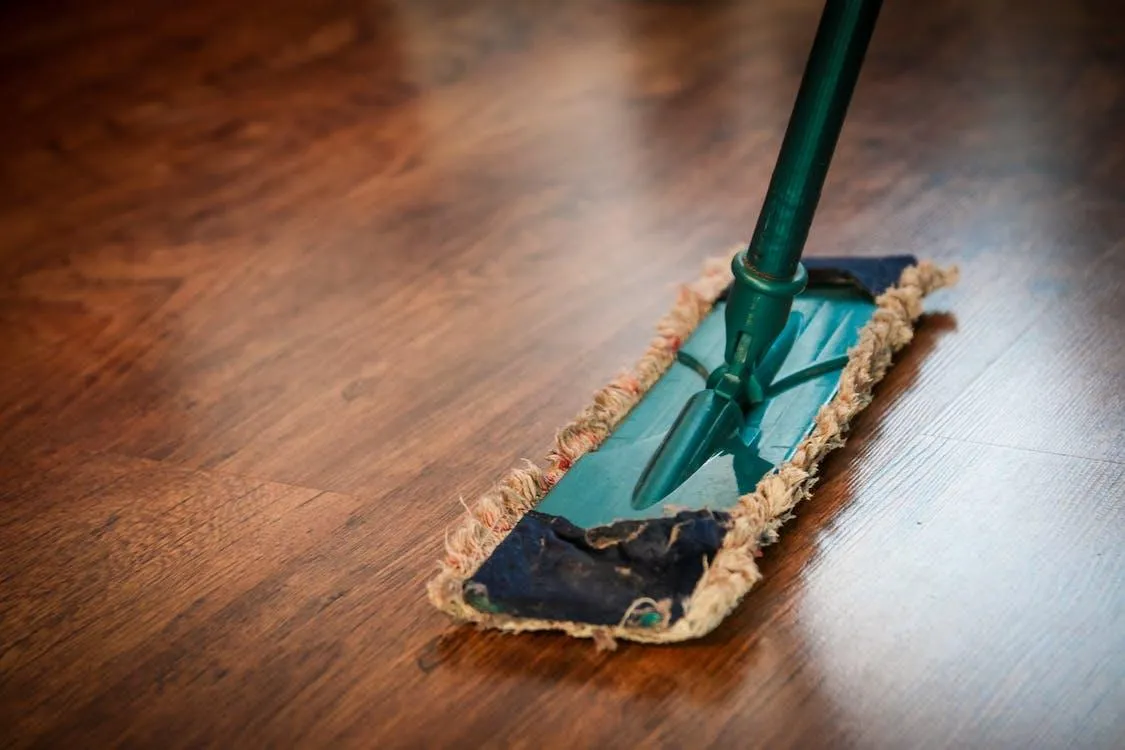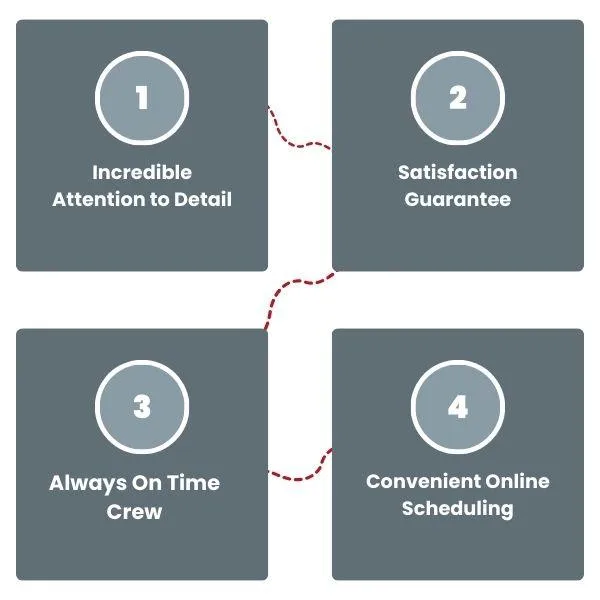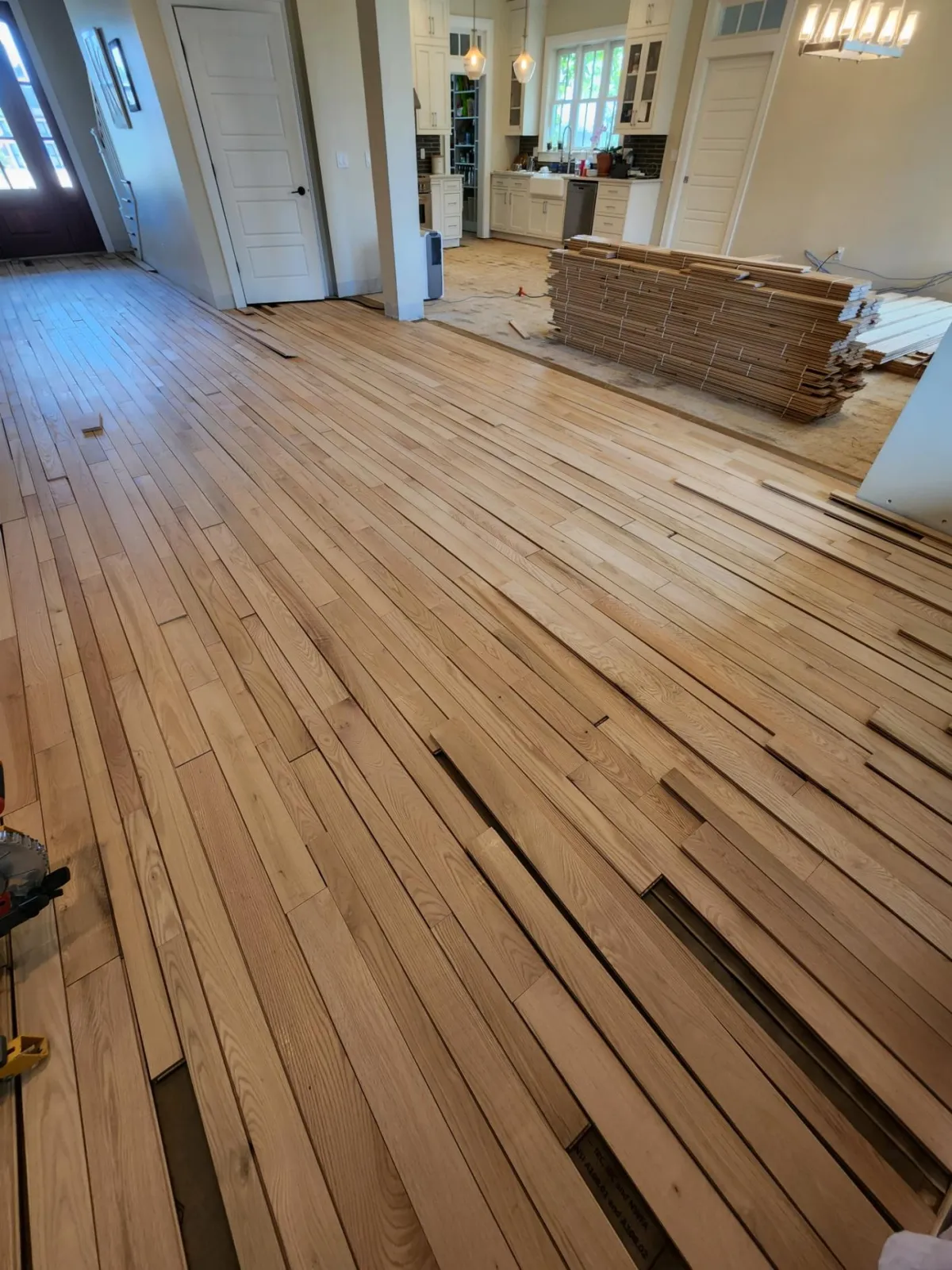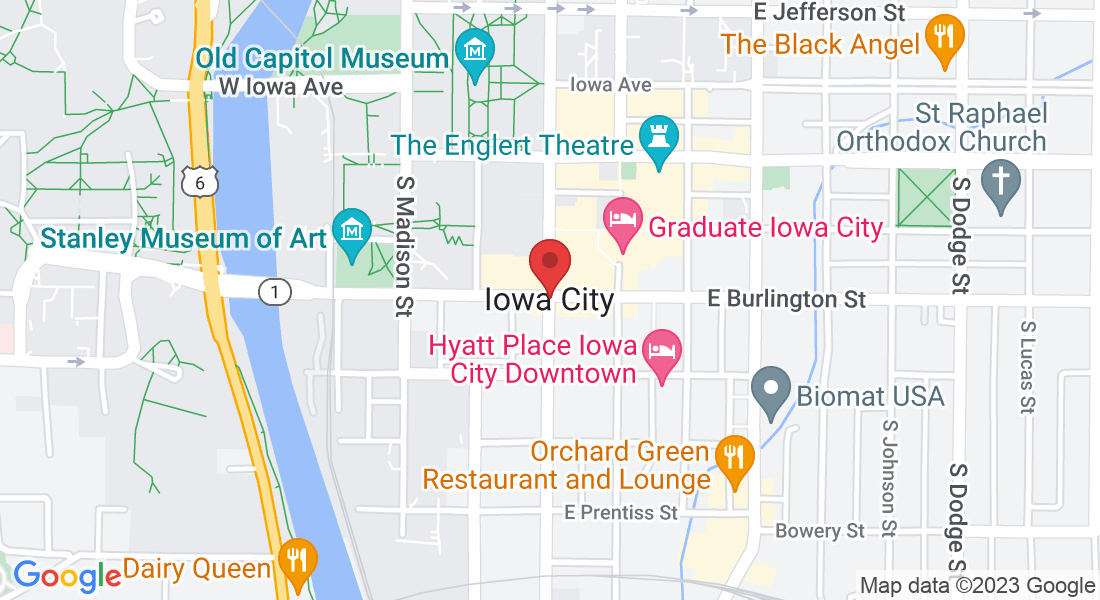Flooring Installation
We can help you with all of your flooring installation needs. Simply reach out to us we would love to assist.
Commercial flooring
We take pride in our installation processes and look forward to working with more builders and GC’s in the near future.
Pet friendly flooring
Flooring that will hold up to those loved pets. Safe for you and them!
Eco friendly flooring
We sell and install eco friendly floors. Give us a call and we will be glad to help.
Shop at home
We will bring the showroom to you, with our mobile showroom van.
Flooring Knowledge
Read our blogs about flooring and methods we introduce to our clients.
Flooring removal
Are you installing the flooring yourself? But do not want to do the tear out? Call us we will do it for you!
Installation
4 Season warranty on all of our installs
Repair Flooring
Simply looking for a local flooring repair professional for those floors? Give us a shout!
See Our Newest Articles On Flooring 101.
Discover the latest flooring trends and gain valuable insights with Flooring 101 articles. Elevate your space and stay ahead of the game. Start exploring now!
Find the Perfect Floorers Near Me - 15 Flooring Companies & Installers in Your Area
Are you planning to upgrade the floors in your home but feeling overwhelmed by the numerous flooring options and installers out there? Don’t worry, we’ve got you covered! In this comprehensive guide, we will walk you through the process of finding the perfect “floorers me” and help you make an informed decision on the best flooring materials for your home.
Key Takeaways
Research local flooring companies and assess their experience & reputation.Compare hardwood, laminate, vinyl & eco-friendly flooring options.Follow tips for choosing the right installer and maintain your new floors to keep them looking great.
Discover Local Flooring Companies
The first step in finding the perfect floorers near you is to research local hardwood flooring contractors. This will help you identify reputable wood floor installers with experience in installing hardwood, laminate, vinyl flooring materials, and even wood flooring.
A thorough examination of their services, experience, reputation, and service areas will assist you in selecting the ideal flooring company for your project.
Types of Flooring Services Offered
Flooring companies offer a wide range of services, including hardwood floor installation, laminate floor installation, vinyl installation, and more. Each type of flooring has its own installation process. For instance, hardwood floor installation involves acclimating the flooring, preparing the subfloor, adding underlayment, and installing the flooring with glue and nails.
On the other hand, repairing hardwood floors typically involves sanding, staining, and refinishing. Refinishing hardwood floors is a similar process, with sanding, staining, and sealing being the main steps. To maintain your hardwood floors, regular cleaning, avoiding scratches, and refinishing as needed are crucial.
Experience and Reputation
Assessing a company’s experience and reputation is a sound strategy for determining its reliability. Consider the duration of their operations, customer feedback, and any awards or certifications they may possess.
For instance, RVA Properties and Construction has been in business for over three years. Reviews, testimonials, and years in business can be used to gauge a flooring company’s experience and reputation. By evaluating a company’s past projects, you can gain insight into their expertise in various flooring materials, such as solid wood floors, engineered hardwood floors, and laminate flooring.
Contact Information and Service Areas
After pinpointing potential companies, collecting their contact information and service areas becomes a critical step. Local hardwood flooring installers generally provide:
Phone numbersEmail addressesWebsitesAreas they serve
You must verify that the selected flooring company can meet your needs and operates within your locality. This will help streamline the installation process and enable smooth communication throughout the project.
Comparing Flooring Options
Given the array of flooring options, a comparison of their features, benefits, and costs is necessary to identify the best fit for your home. Factors that influence the cost of installation include:
The species of wood usedThe grade of the woodThe thickness of the woodThe type of wood used
This section will delve into comparing hardwood and engineered wood, laminate and vinyl, alongside eco-friendly choices, aiding your decision-making process on the ideal flooring material for your home.
Hardwood vs. Engineered Wood
Hardwood flooring is composed of solid wood species such as oak, maple, or walnut, while engineered wood floors have a thin top layer of bonded over plywood. As a result, engineered wood floors are typically less expensive than solid hardwood floors. Prefinished wood options are available for both hardwood and engineered wood floors.
However, solid hardwood floors can be refinished up to 4 to 10 times, while engineered wood floors can only be refinished 1 to 5 times. The expected lifespan of solid hardwood floors is over 100 years, while engineered wood flooring can last between 20 and 80 years, depending on the thickness of the planks.
Laminate vs. Vinyl
Laminate and vinyl flooring are cost-effective alternatives to and tile flooring. Laminate is composed of several layers of synthetic material fused together, while vinyl consists of a single layer of synthetic material.
Laminate flooring is water-resistant, whereas vinyl flooring is entirely waterproof, making it more suitable for rooms prone to moisture, such as bathrooms or basements. In terms of durability, laminate flooring is typically more durable than vinyl flooring due to its multi-layer composition, although vinyl is easier to repair.
Laminate flooring comes in a range of colors and styles and can be designed to mimic the look of wood or stone, while vinyl flooring typically has fewer color and style options.
Eco-Friendly Flooring Choices
For those looking for sustainable flooring options, there are several eco-friendly choices available, such as bamboo, cork, and reclaimed wood flooring.
Cork flooring is derived from the bark of the cork oak tree, harvested every nine years without damaging the tree, and is known for its durability, comfort, and sound absorption properties.
Linoleum, composed of linseed oil, cork dust, wood flour, and other natural materials, is another eco-friendly option that is highly durable and easy to maintain.
Bamboo flooring, crafted from the bamboo plant, is an environmentally conscious choice known for its durability, ease of maintenance, and variety of color and design options.
Tips for Choosing the Right Flooring Installer
The success of your flooring project hinges on choosing the right installer. This section will provide tips on selecting the right installer by focusing on the following factors:
ExpertiseSpecializationCommunication skillsCustomer serviceHow to compare their quotes
Adhering to these tips will instill confidence in your choice and pave the way for a seamless installation process.
Assessing Expertise and Specialization
To determine a flooring installer’s expertise and specialization, review their portfolio and ask about their experience with specific flooring materials. This will help you gauge their ability to handle your preferred flooring material and ensure a successful installation.
Flooring installers should possess expertise in the following areas:
Customer serviceColor visionAttention to detailSuperior measurement capabilitiesExcellent communication abilities
By evaluating their expertise and specialization, you can ensure you’re working with a professional who can deliver quality work.
Evaluating Communication and Customer Service
Communication and customer service are essential factors to consider when choosing a flooring installer. A responsive and professional installer will be able to address your queries and concerns promptly, helping to build trust and maintain a positive working relationship.
Effective communication allows installers to effectively interact with homeowners, comprehend their requirements and expectations, and provide updates on the progress of the installation. By evaluating an installer’s communication and customer service, you can feel confident in their ability to successfully complete your flooring project.
Comparing Prices and Quotes
Lastly, it’s essential to compare prices and quotes from multiple flooring installers to ensure a fair and competitive rate. Obtain quotes from at least three different companies, and request comprehensive estimates that include the of materials, labor, and any additional fees.
Comparing quotes and researching companies will help you make an informed decision and select an installer that offers quality work at a reasonable price. To find the best options, consider looking for installers near your location.
Preparing for Your Flooring Installation
There are several preparatory steps to undertake before commencing the flooring installation process. These steps include removing existing flooring, preparing the subfloor, and acclimating the new flooring material.
Adequate preparation for youring installation sets the stage for a smooth and successful process.
Removing Existing Flooring
Removing existing flooring carefully is crucial to minimize damage to the subfloor and surrounding areas. Begin by clearing the room of all items, disconnecting appliances and electronics, and making arrangements to move furniture.
Next, remove the existing flooring using the appropriate tools and techniques, depending on the type of flooring. After removing the existing flooring, inspect the subfloor for any damage or irregularities and repair as necessary.
Preparing the Subfloor
Once the existing flooring has been removed, it’s essential to prepare the subfloor for the new flooring material. Start by cleaning the subfloor to remove any dirt, dust, and debris.
Repair any damage to the subfloor using a putty knife to fill in any cracks or holes. Finally, level the subfloor using a leveler or self-leveling compound to ensure an even surface.
Properly preparing the subfloor is crucial for a successful flooring installation.
Acclimating the New Flooring Material
Before installing the new flooring material, it’s essential to acclimate it to your home’s environment. This will prevent warping or other issues after installation.
To acclimate the new flooring material, leave it in the space where it will be installed for a minimum of 48 hours prior to installation. This will allow the material to adjust to the temperature and humidity of your home, ensuring a successful flooring installation.
Maintaining Your New Floors
Proper maintenance of your newly installed floors is vital for extending their lifespan and preserving their appearance. This section covers cleaning and maintenance tips, ways to prevent damage and scratches, and when necessary, options for refinishing and repair.
Adherence to these tips ensures your new floors maintain their best look for years.
Cleaning and Maintenance Tips
Regular cleaning and maintenance are essential for keeping your new floors in pristine condition. Sweeping or vacuuming daily can help eliminate dirt and debris. In the event of a spill, clean it up immediately to prevent staining or damage.
Place mats at entrances to prevent dirt and debris from being tracked onto your floors. By following these simple cleaning and maintenance tips, you can ensure your new floors remain in excellent condition.
Preventing Damage and Scratches
To prevent damage and scratches on your new floors, here are some tips:
Use furniture pads to protect your floors when moving furniture.Place area rugs or mats in high-traffic areas to protect your floors from wear and tear.Avoid using harsh cleaning products that can damage the finish of your floors.
By following these tips, you can keep your new floors looking great for years to come.
When moving furniture, lift it instead of dragging it across the to avoid scratches. By taking these precautions, you can preserve the beauty and longevity of your new floors.
Refinishing and Repair Options
Refinishing and repair options will vary depending on the flooring material, with some materials offering more refinishing opportunities than others. Regular refinishing can help keep your floors looking their best and extend their lifespan.
If you notice any damage to your floors, consult with a flooring professional to determine the most appropriate repair or refinishing option for your specific flooring material.
Summary
In conclusion, finding the perfect floorers near you and selecting the best flooring material for your home can be a seamless process by following the tips and advice outlined in this guide. By researching local flooring companies, comparing, and preparing for your flooring installation, you can ensure a successful project and enjoy your beautiful new floors for years to come.
Frequently Asked Questions
How much does it cost to install 1000 square feet of flooring?
On average, it costs between $6-12 per square foot to install 1000 square feet of flooring, totaling approximately $6000-$12000.
How much does Lowes charge to install flooring?
Lowes typically charges between $2.25-$8.50 per square foot for flooring installation, with average total costs of $3,600 including labor and materials. Costs may vary depending on the type of flooring chosen.
How much does it cost to Refloor 500 square feet?
On average, it would cost around $3,000 to Refloor 500 square feet of space, including materials and labor costs. The total cost may vary depending on the type of flooring chosen, where the home is located and which contractor is hired.
How long does it take Home Depot to install flooring?
Your flooring can be installed within 1 day of your purchase, with local, licensed installers taking care of the entire process.
What types of flooring services do local flooring companies offer?
Local flooring companies offer a variety of services, including hardwood, laminate, and vinyl installation.

Local Flooring Refinishers
Find the Perfect Floorers Near Me - 15 Flooring Companies & Installers in Your Area
Are you planning to upgrade the floors in your home but feeling overwhelmed by the numerous flooring options and installers out there? Don’t worry, we’ve got you covered! In this comprehensive guide, we will walk you through the process of finding the perfect “floorer
Research local flooring companies and assess their experience & reputation.
Compare hardwood, laminate, vinyl & eco-friendly flooring options.
Follow tips for choosing the right installer and maintain your new floors to keep them looking great.
Discover Local Flooring Companies
The first step in finding the perfect floorers near you is to research local hardwood flooring contractors. This will help you identify reputable wood floor installers with experience in installing hardwood, laminate, vinyl flooring materials, and even wood flooring.
A thorough examination of their services, experience, reputation, and service areas will assist you in selecting the ideal flooring company for your project.
Types of Flooring Services Offered
Flooring companies offer a wide range of services, including hardwood floor installation, laminate floor installation, vinyl installation, and more. Each type of flooring has its own installation process. For instance, hardwood floor installation involves acclimating the flooring, preparing the subfloor, adding underlayment, and installing the flooring with glue and nails.
On the other hand, repairing hardwood floors typically involves sanding, staining, and refinishing. Refinishing hardwood floors is a similar process, with sanding, staining, and sealing being the main steps. To maintain your hardwood floors, regular cleaning, avoiding scratches, and refinishing as needed are crucial.
Professional Independent Installers
You have the freedom to get a license, insurance and a background audit to make sure you are happy.
Top 10 hardwood flooring installers near you
Clients agree: the flooring installer is very good in knowledge, communication, and many other aspects. RVA Properties and Construction is focused on renovations. Our most popular building activities include interior painting & renovations of kitchens and bathrooms, flooring, tile installation and demolition! Thank you very much for your time to contact us today for more details. 4 employees on Home Guide. 3+ years in business At J&E we strive to bring a sense of professionalism that makes everyone's day better. By the end of the work we're working for three years and we'
For instance, RVA Properties and Construction has been in business for over three years. Reviews, testimonials, and years in business can be used to gauge a flooring company’s experience and reputation. By evaluating a company’s past projects, you can gain insight into their expertise in various flooring materials, such as solid wood floors, engineered hardwood floors, and laminate flooring.
Contact Information and Service Areas
After pinpointing potential companies, collecting their contact information and service areas becomes a critical step. Local hardwood flooring installers generally provide:
Phone numbers
Email addresses
Websites
Areas they serve
You must verify that the selected flooring company can meet your needs and operates within your locality. This will help streamline the installation process and enable smooth communication throughout the project.
Comparing Flooring Options
Given the array of flooring options, a comparison of their features, benefits, and costs is necessary to identify the best fit for your home. Factors that influence the cost of installation include:
The species of wood used
The grade of the wood
The thickness of the wood
The type of wood used
Wood is used to make furniture, floors, and other decorative items. It is also used to build homes, structures, and boats. Wood is a renewable resource and can be recycled or reused. Wooden products such as logs and lumber are used as fuel for fireplaces and other heating sources. Wood chips can be used in gardening and landscaping for mulch or decorative purposes. The wood industry also produces paper products like books, newspapers, envelopes, stationery, boxes and packaging materials. Wood has many uses in the manufacturing of musical instruments such as pianos, guitars and drums. Wood can also be carved into beautiful sculptures or turned into handmade jewelry pieces.
This and section will delve into comparing hardwood and engineered wood, laminate and vinyl, alongside eco-friendly choices, aiding your decision-making process on the ideal flooring material for your home.
Hardwood vs. Engineered Wood
Hardwood flooring is composed of solid wood species such as oak, maple, or walnut, while engineered wood floors have a thin top layer of bonded over plywood. As a result, engineered wood floors are typically less expensive than solid hardwood floors. Prefinished wood options are available for both hardwood and engineered wood floors.
However, solid hardwood floors can be refinished up to 4 to 10 times, while engineered wood floors can only be refinished 1 to 5 times. The expected lifespan of solid hardwood floors is over 100 years, while engineered wood flooring can last between 20 and 80 years, depending on the thickness of the planks.
Laminate vs. Vinyl
Laminate and vinyl flooring are cost-effective alternatives to and tile flooring. Laminate is composed of several layers of synthetic material fused together, while vinyl consists of a single layer of synthetic material.
Laminate flooring is water-resistant, whereas vinyl flooring is entirely waterproof, making it more suitable for rooms prone to moisture, such as bathrooms or basements. In terms of durability, laminate flooring is typically more durable than vinyl flooring due to its multi-layer composition, although vinyl is easier to repair.
Laminate flooring comes in a range of colors and styles and can be designed to mimic the look of wood or stone, while vinyl flooring typically has fewer color and style options.
Eco-Friendly Flooring Choices
For those looking for sustainable flooring options, there are several eco-friendly choices available, such as bamboo, cork, and reclaimed wood flooring.
Cork flooring is derived from the bark of the cork oak tree, harvested every nine years without damaging the tree, and is known for its durability, comfort, and sound absorption properties.
Linoleum, composed of linseed oil, cork dust, wood flour, and other natural materials, is another eco-friendly option that is highly durable and easy to maintain.
Bamboo flooring, crafted from the bamboo plant, is an environmentally conscious choice known for its durability, ease of maintenance, and variety of color and design options.
Tips for Choosing the Right Flooring Installer
The success of your flooring project hinges on choosing the right installer. This section will provide tips on selecting the right installer by focusing on the following factors:
Expertise
Specialization
Communication skills
Customer service
How to compare their quotes
Adhering to these tips will instill confidence in your choice and pave the way for a seamless installation process.
Assessing Expertise and Specialization in Wood flooring.
To determine a flooring installer’s expertise and specialization, review their portfolio and ask about their experience with specific flooring materials. This will help you gauge their ability to handle your preferred flooring material and ensure a successful installation.
Flooring installers should possess expertise in the following areas:
Customer service
Color vision
Attention to detail
Superior measurement capabilities
Excellent communication abilities
By evaluating their expertise and specialization, you can ensure you’re working with a professional who can deliver quality work.
Evaluating Communication and Customer Service
Communication and customer service are essential factors to consider when choosing a flooring installer. A responsive and professional installer will be able to address your queries and concerns promptly, helping to build trust and maintain a positive working relationship.
Effective communication allows installers to effectively interact with homeowners, comprehend their requirements and expectations, and provide updates on the progress of the installation. By evaluating an installer’s communication and customer service, you can feel confident in their ability to successfully complete your flooring project.
Comparing Prices and Quotes
Lastly, it’s essential to compare prices and quotes from multiple flooring installers to ensure a fair and competitive rate. Obtain quotes from at least three different companies, and request comprehensive estimates that include the of materials, labor, and any additional fees.
Comparing quotes and researching companies will help you make an informed decision and select an installer that offers quality work at a reasonable price. To find the best options, consider looking for installers near your location.
Preparing for Your Flooring Installation
There are several preparatory steps to undertake before commencing the flooring installation process. These steps include removing existing flooring, preparing the subfloor, and acclimating the new flooring material.
Adequate preparation for youring installation sets the stage for a smooth and successful process.
Removing Existing Flooring
Removing existing flooring carefully is crucial to minimize damage to the subfloor and surrounding areas. Begin by clearing the room of all items, disconnecting appliances and electronics, and making arrangements to move furniture.
Next, remove the existing flooring using the appropriate tools and techniques, depending on the type of flooring. After removing the existing flooring, inspect the subfloor for any damage or irregularities and repair as necessary.
Preparing the Subfloor
Once the existing flooring has been removed, it’s essential to prepare the subfloor for the new flooring material. Start by cleaning the subfloor to remove any dirt, dust, and debris.
Repair any damage to the subfloor using a putty knife to fill in any cracks or holes. Finally, level the subfloor using a leveler or self-leveling compound to ensure an even surface.
Properly preparing the subfloor is crucial for a successful flooring installation.
Acclimating the New Flooring Material
Before installing the new flooring material, it’s essential to acclimate it to your home’s environment. This will prevent warping or other issues after installation.
To acclimate the new flooring material, leave it in the space where it will be installed for a minimum of 48 hours prior to installation. This will allow the material to adjust to the temperature and humidity of your home, ensuring a successful flooring installation.
Maintaining Your New Hardwood floors
Proper maintenance of your newly installed floors is vital for extending their lifespan and preserving their appearance. This section covers cleaning and maintenance tips, ways to prevent damage and scratches, and when necessary, options for refinishing and repair.
Adherence to these tips ensures your new floors maintain their best look for years.
Cleaning and Maintenance Tips
Regular cleaning and maintenance are essential for keeping your new floors in pristine condition. Sweeping or vacuuming daily can help eliminate dirt and debris. In the event of a spill, clean it up immediately to prevent staining or damage.
Place mats at entrances to prevent dirt and debris from being tracked onto your floors. By following these simple cleaning and maintenance tips, you can ensure your new floors remain in excellent condition.
Preventing Damage and Scratches
To prevent damage and scratches on your new floors, here are some tips:
Use furniture pads to protect your floors when moving furniture.
Place area rugs or mats in high-traffic areas to protect your floors from wear and tear.
Avoid using harsh cleaning products that can damage the finish of your floors.
By following these tips, you can keep your new floors looking great for years to come.
When moving furniture, lift it instead of dragging it across the to avoid scratches. By taking these precautions, you can preserve the beauty and longevity of your new floors.
Refinishing and Repair Options
Refinishing and repair options will vary depending on the flooring material, with some materials offering more refinishing opportunities than others. Regular refinishing can help keep your floors looking their best and extend their lifespan.
If you notice any damage to your floors, consult with a flooring professional to determine the most appropriate repair or refinishing option for your specific flooring material.
Summary
In conclusion, finding the perfect floorers near you and selecting the best flooring material for your home can be a seamless process by following the tips and advice outlined in this guide. By researching local flooring companies, comparing, and preparing for your flooring installation, you can ensure a successful project and enjoy your beautiful new floors for years to come.
Frequently Asked Questions
How much does it cost to install 1000 square feet of flooring?
On average, it costs between $6-12 per square foot to install 1000 square feet of flooring, totaling approximately $6000-$12000.
How much does Lowes charge to Hardwood Floor Installation?
Lowes typically charges between $2.25-$8.50 per square foot for flooring installation, with average total costs of $3,600 including labor and materials. Costs may vary depending on the type of flooring chosen.
How much does it cost to Refloor 500 square feet?
On average, it would cost around $3,000 to Refloor 500 square feet of space, including materials and labor costs. The total cost may vary depending on the type of flooring chosen, where the home is located and which contractor is hired.
How long does it take Home Depot to install flooring?
Your flooring can be installed within 1 day of your purchase, with local, licensed installers taking care of the entire process.
What types of flooring services do local flooring companies offer?
Local flooring companies offer a variety of services, including hardwood, laminate, and vinyl installation.
Do engineered wood floors scratch easily?
Engineered hardwood flooring scratches as well as solid wood flooring. Engineered wood is covered in hardwood and offers the same advantages as traditional floors with some downsides and disadvantages. Engineered wood floors need refinishing to avoid scratches.
What is the difference between hardwood and engineered hardwood flooring?
Hardwood floors are made entirely from solid hardwoods including oak, maple and walnut. Engineered wood floors are backed by thick layers of hardwoods and plywood, making them cheaper. Engineered wood flooring can only be cleaned once and hardwood flooring can be replaced four times. Aside from being refinished, the flooring is similar but it has some disadvantages.
Free Flooring Estimate
Don't Wait – Get Your Free Estimate Today!
Transform your home with the professionals who love a challenge! Let Linn County Hardwood Specialist - Refinish & Install Pros LLC create a beautiful and inviting space for you and your family. Get your free estimate today and let's bring your hardwood flooring dreams to life. Give your home the upgrade it deserves with Linn County Hardwood Specialist - Refinish & Install Pros LLC! Contact us today. We're here to help! We look forward to hearing from you!











